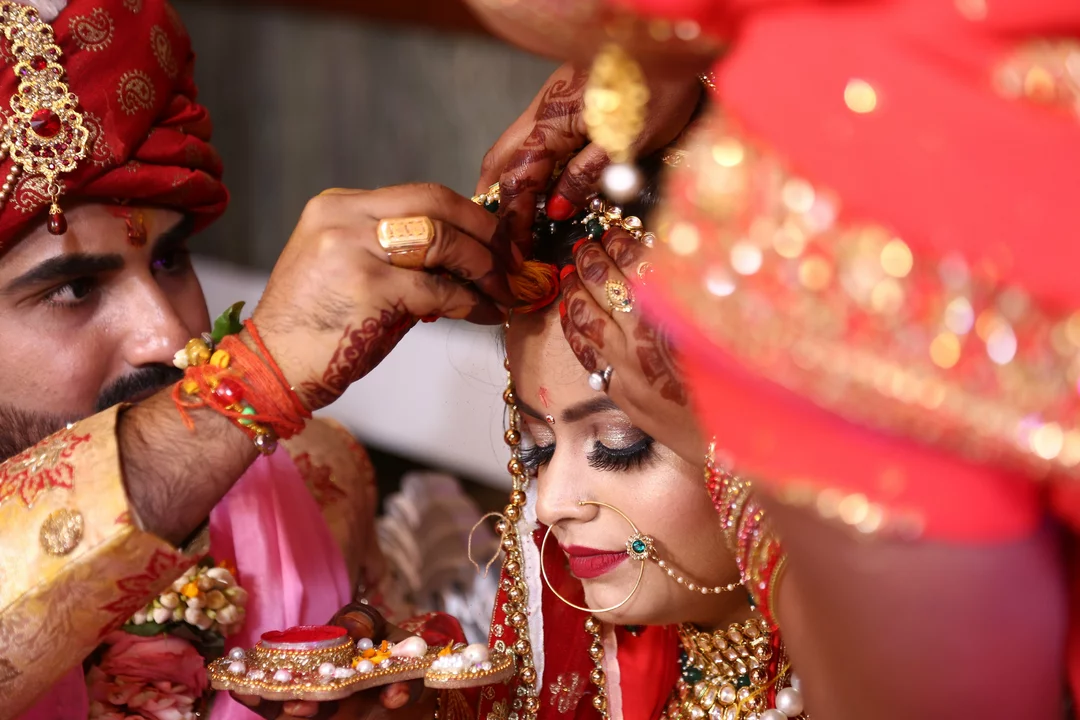Traditions: Why India’s Heritage Still Shapes Our Everyday Lives
Ever wondered why certain rituals feel so natural, even if you’ve never been taught them? It’s because traditions are the glue that holds generations together. From the burst of colors during Diwali to the simple act of sharing a meal, these customs tell a story that’s been passing down for centuries.
What makes a tradition stick? It’s the mix of meaning, community, and repetition. When families gather for a festival, they’re not just having fun – they’re reinforcing identity. That’s why the same songs, dishes, and gestures show up year after year, no matter where you move.
Everyday Customs You Might Not Notice
Think about the way you greet someone with "Namaste" or the habit of removing shoes before entering a home. Those small actions are deep‑rooted traditions that signal respect and hospitality. They’re easy to adopt, yet they carry centuries of cultural weight. If you’re visiting India, try mirroring these habits – you’ll instantly feel more connected.
Another everyday practice is the shared tea break, or "chai time." It isn’t just a caffeine fix; it’s a moment for conversation, storytelling, and bonding. The ritual of brewing tea with spices, pouring it into small glasses, and inviting friends over creates a space where ideas flow as freely as the tea itself.
Festivals: The Big Showcases of Tradition
Festivals are the fireworks of tradition. Take Holi, the festival of colors – it’s more than a paint fight. It’s a symbolic celebration of the victory of good over evil and a reminder that life is vibrant. Or consider Onam in Kerala, where elaborate banana‑leaf feasts and boat races highlight regional pride and agricultural gratitude.
Each festival has its own set of rituals: specific foods, dress codes, and even timing based on the lunar calendar. By participating, you get a front‑row seat to the cultural narrative that’s been rehearsed for generations. And don’t forget the wearables – the silk sarees, the embroidered shawls – they’re living artifacts of craftsmanship.
Feeling inspired to explore traditions on your own? Start small. Join a local Indian community event, try cooking a classic dish like biryani or samosa, or simply learn a traditional greeting. These steps let you experience the richness of heritage without traveling miles.
Remember, traditions aren’t frozen in the past. They evolve as people reinterpret them for modern life. When you add your own twist – maybe a new playlist for a classic dance or a fusion recipe for a traditional feast – you become part of the tradition’s ongoing story.
So next time you see a cultural practice, ask yourself what it means, who it connects, and how you could join in. Traditions are open doors, and stepping through them brings you closer to the heart of India.
